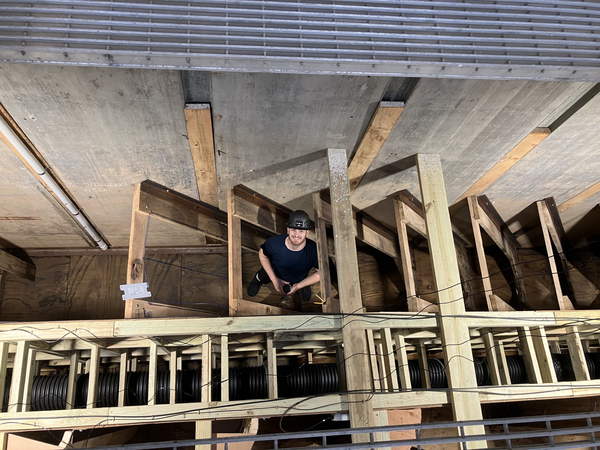Dr. Towler is a hydraulic engineer and a fish passage expert with 25+ combined years of experience as a consultant, educator, researcher and practicing civil engineer. His experience is primarily in the fields of hydraulic engineering, surface water hydrology, river mechanics, dam safety, hydropower, and fish passage and protection.
He serves as the Fish Passage Design & Analysis Team Manager and Senior Manager at EESC's Conte Lab located on the Connecticut River in Western Massachusetts. In these roles, he is responsible for the project management of multiple interdisciplinary studies, the development of partnerships, integrating research with other USGS programs, and the coordination of laboratory activities among scientists reporting to multiple EESC science and science-enabling teams.





















